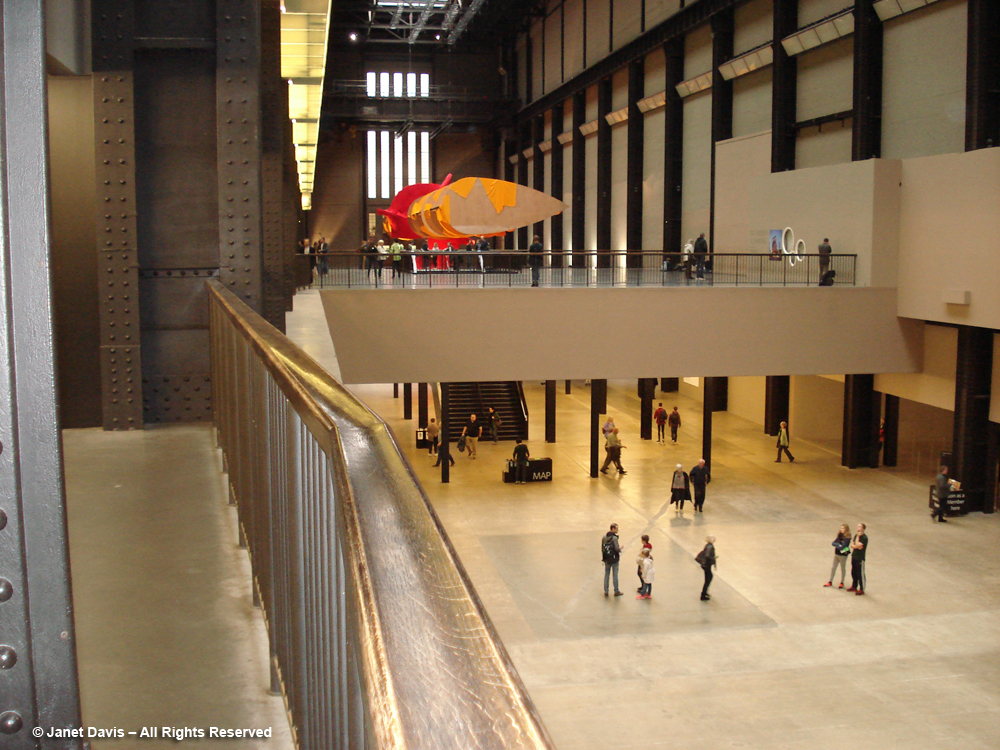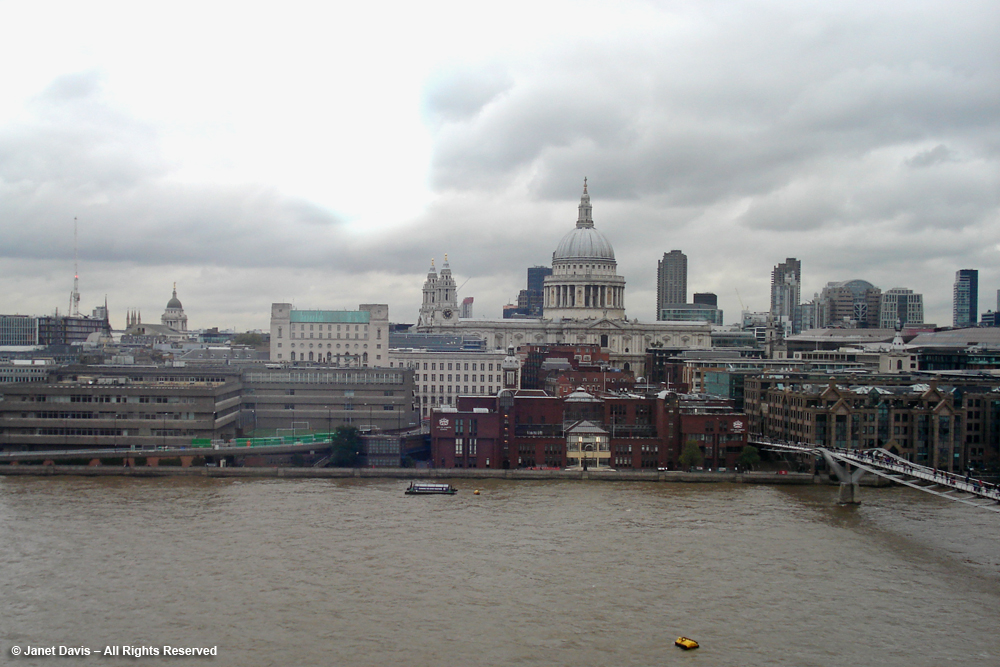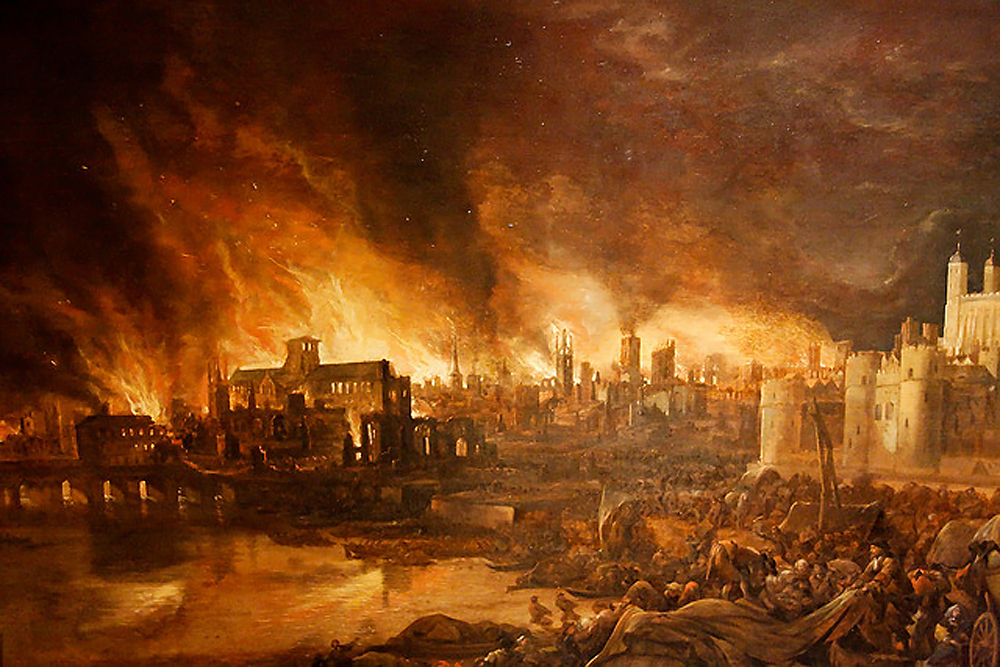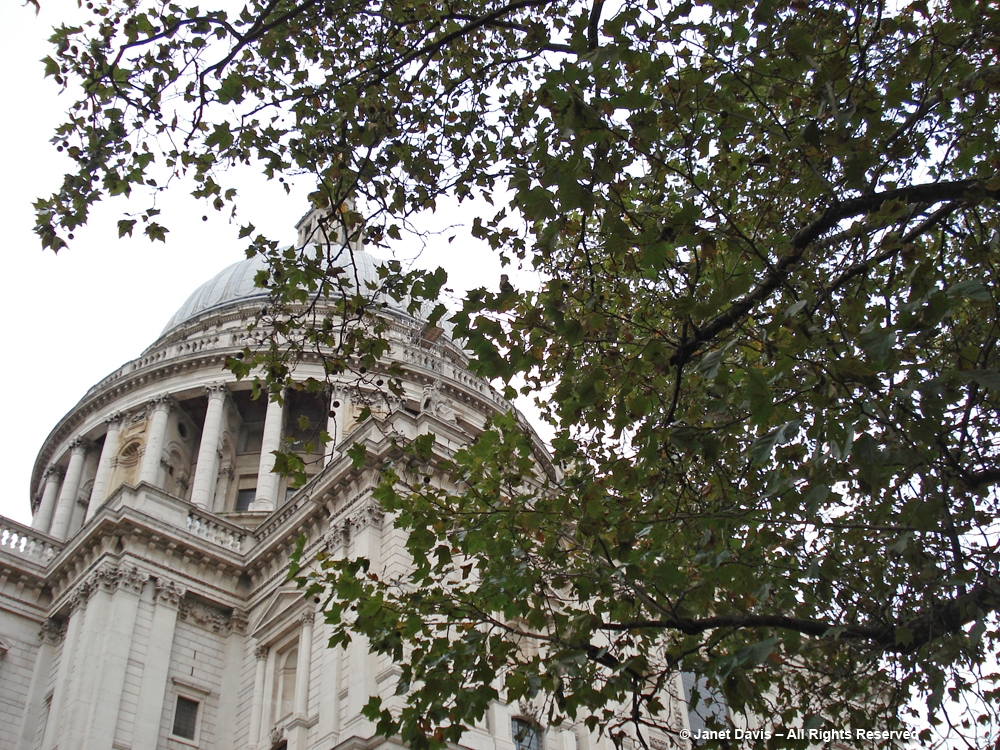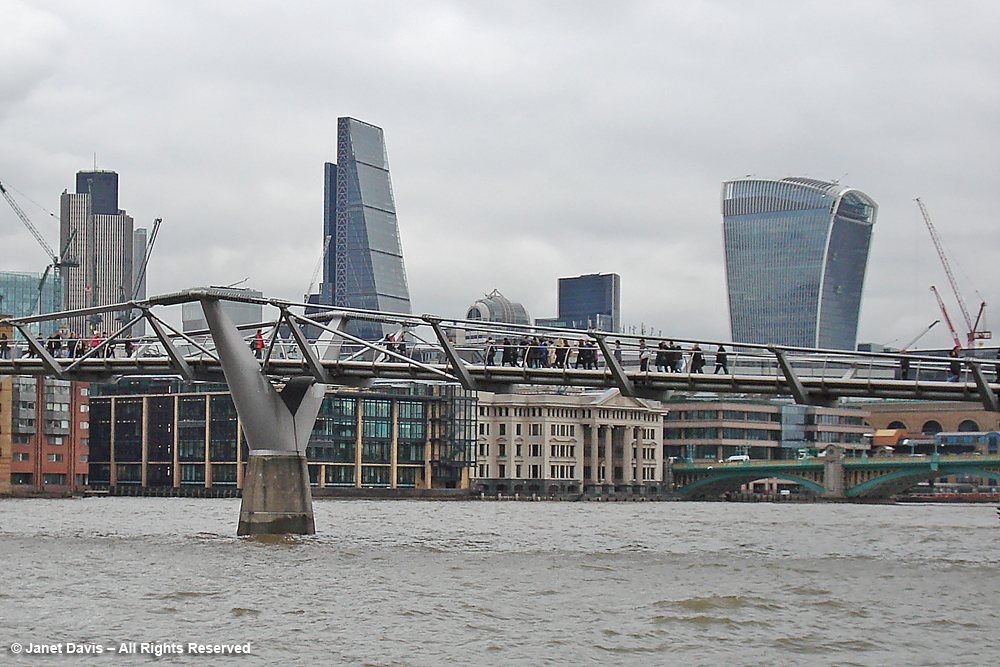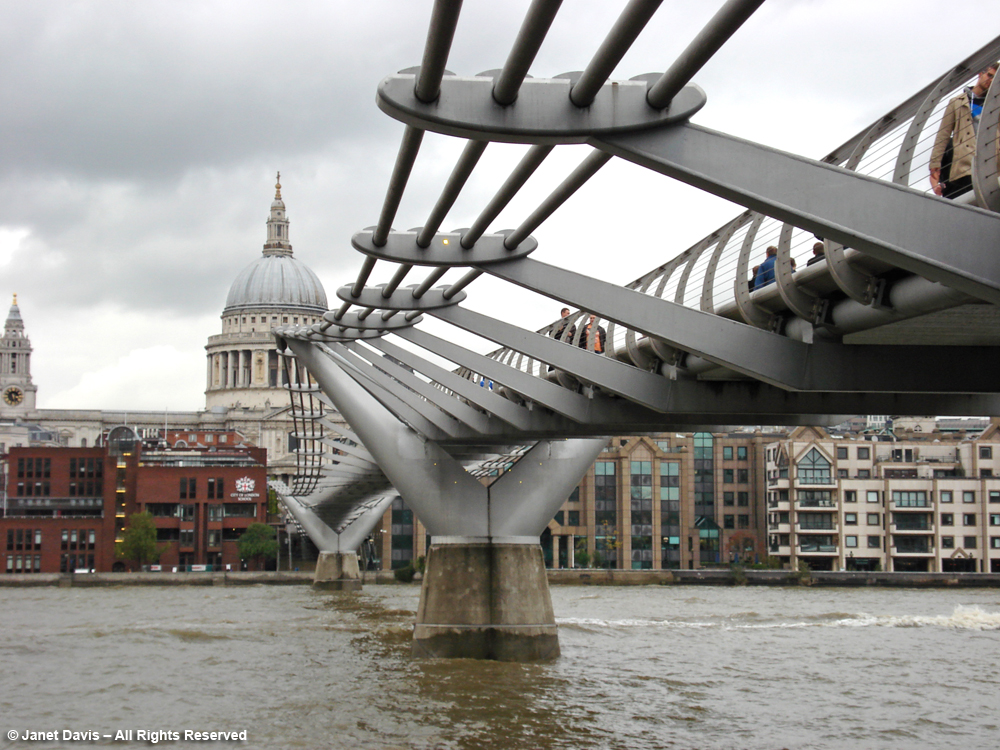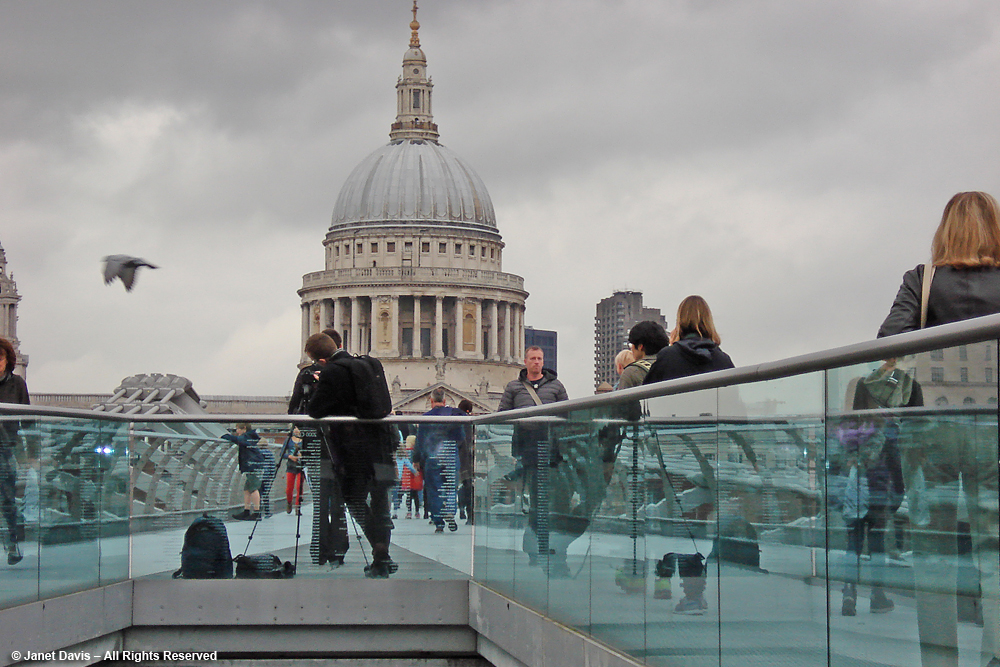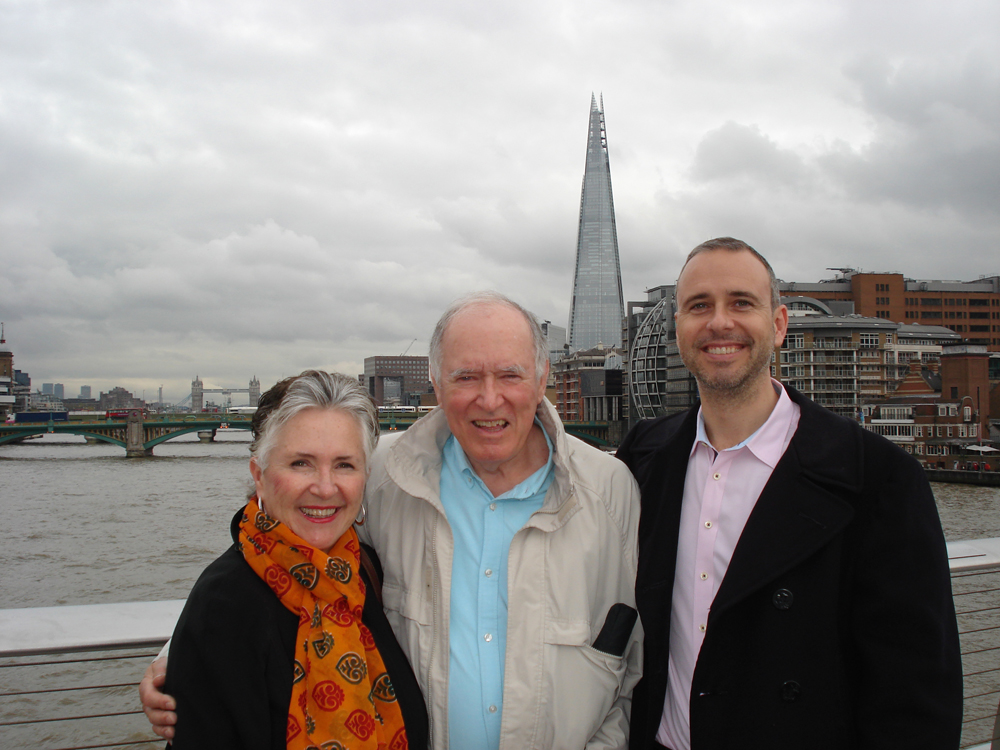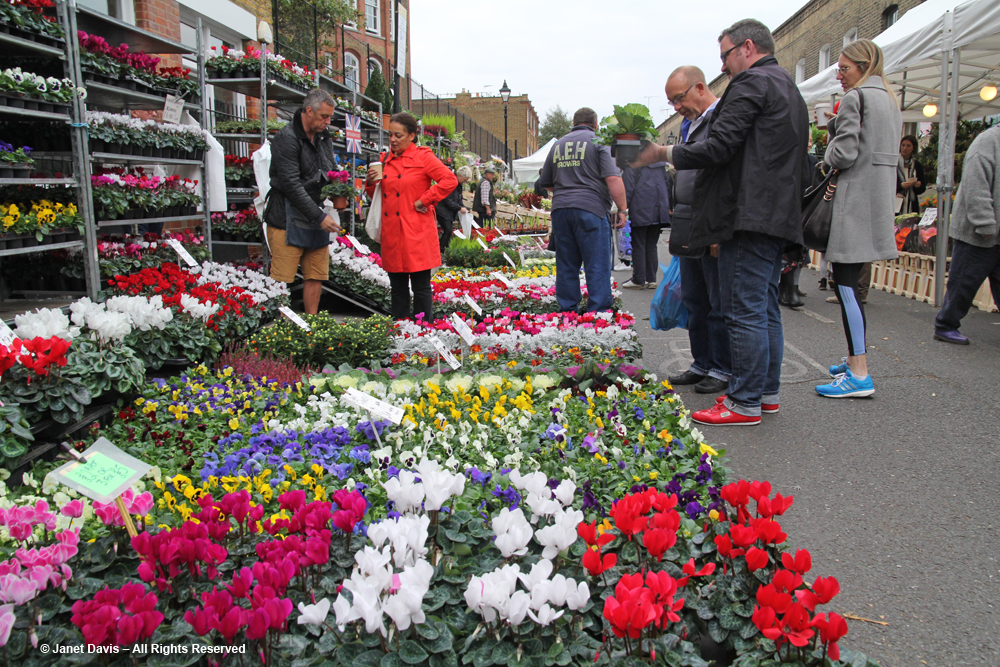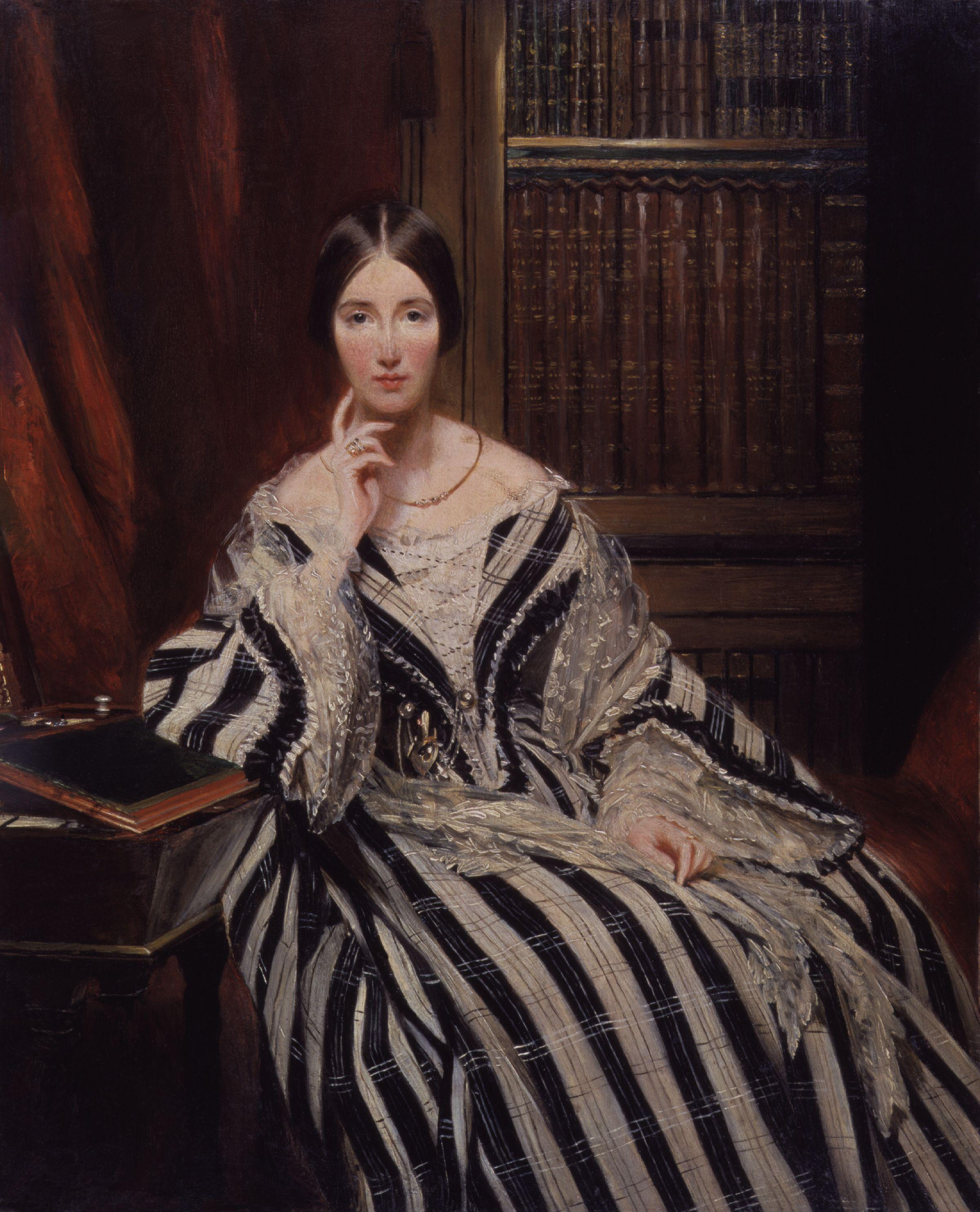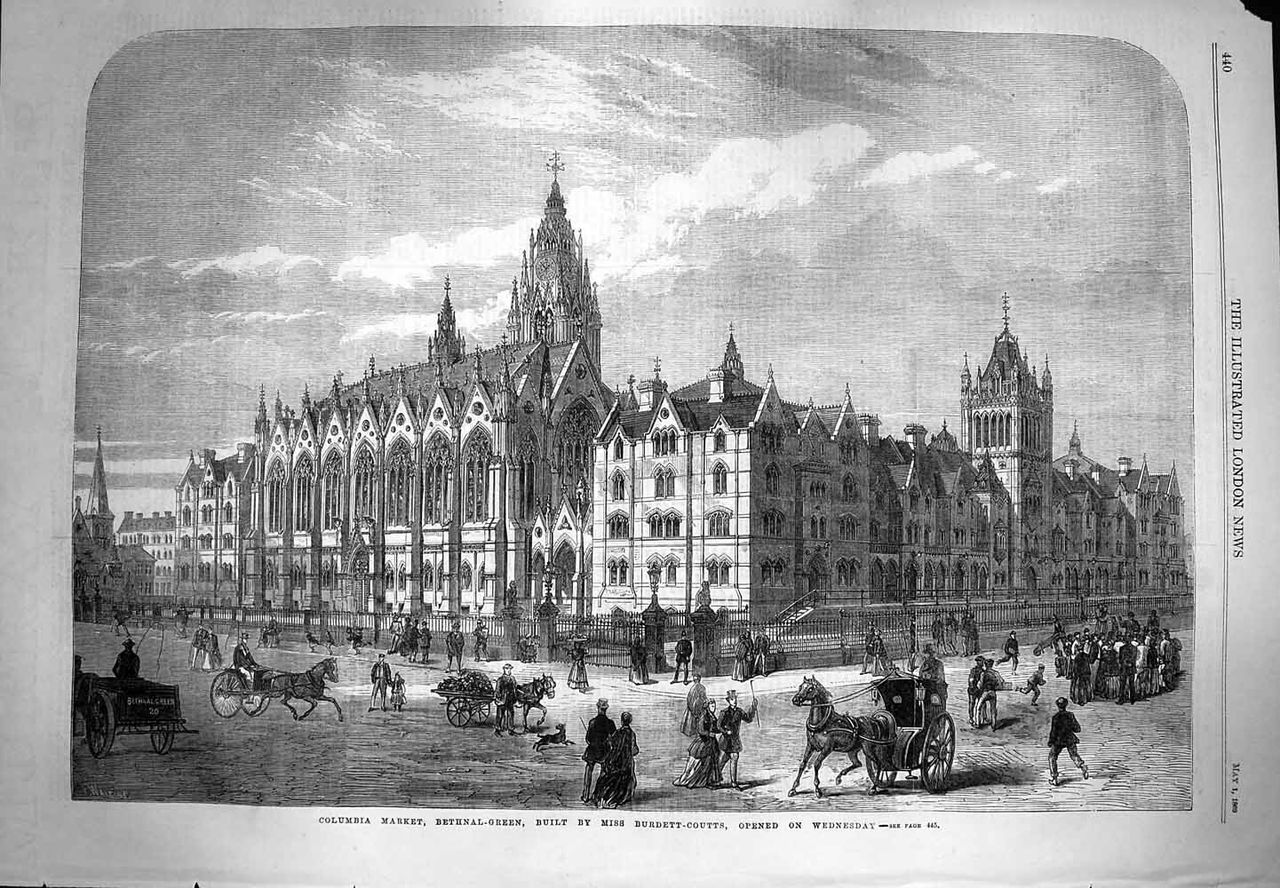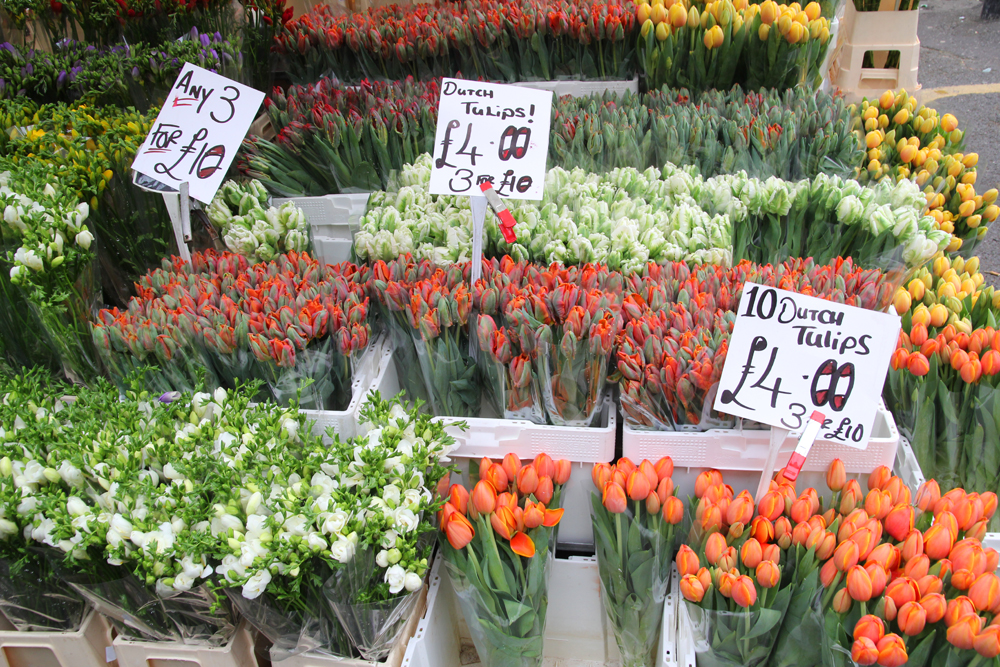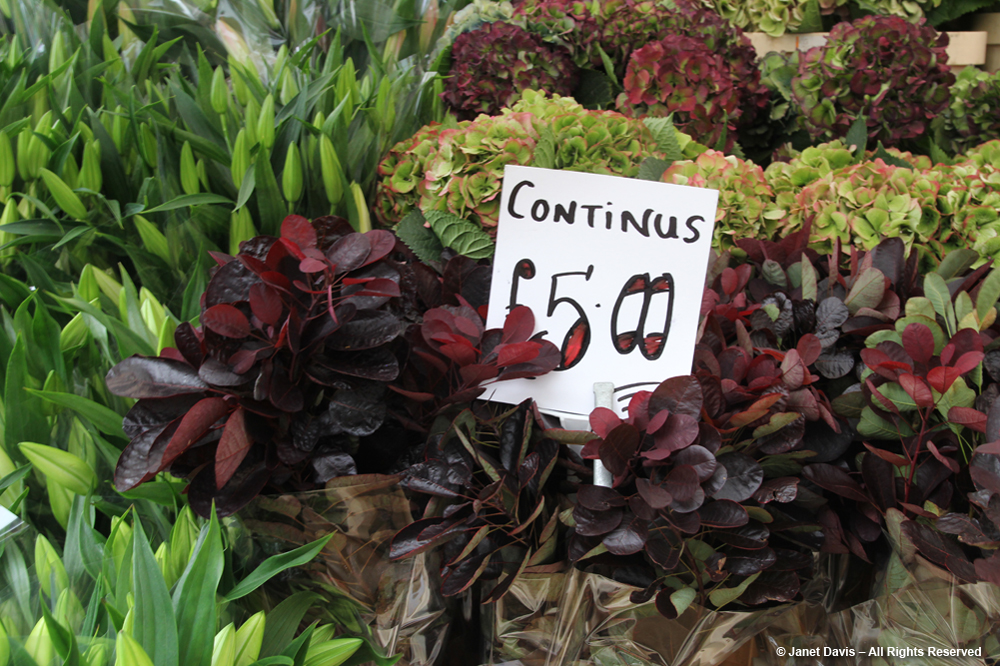Whenever I visit London, I’m awed, architecturally speaking, by the easy and fluid juxtaposition of the very new and the very, very old. I felt that especially during a late October visit to the Tate Modern Gallery, the former 1947 Bankside Power Station with its massive turbine hall, beautifully converted and opened in 2000 to showcase modern art. In the fourteen years since then, an astonishing 40 million people have visited. Gazing down on the turbine hall, I could only imagine how it must have looked carpeted in ceramic sunflower seeds during the Ai Weiwei show a few years back.
A little later, while lunching on a delicate grapefruit & watercress salad, I paused to gaze out the Tate’s window across the Thames River. A landscape in moody autumn grey, the far shore is dominated by the magnificent dome of St. Paul’s Cathedral atop Ludgate Hill, the highest point in London (though it barely feels like a hill when you’re on it).
I tried to imagine how London must have looked in the early 1600s before the great fire that burned down the previous cathedral and forty acres of the city. Actually, you don’t have to imagine; you can get a feel for that in this 1616 etching, in which the largest building is St. Paul’s Cathedral. That church was the third dedicated to St. Paul to occupy the site, the first having been built in 604 AD.
Three days after the Great London Fire ignited on September 2, 1666 in a bakery on Pudding Lane, the old St. Paul’s Cathedral (depicted at the centre left of this painting) lay in smoldering ashes. At the time of the fire, architect Christopher Wren had been advising the Anglican Diocese of London on repairs to the old church. After the fire, he was commissioned to design a new cathedral.
Though its construction required a span of 35 years from 1675 to 1710, religious services began there in 1697. More than three centuries later, it has seen dozens of royal weddings, funerals and coronations – not to mention surviving World War II’s Blitz. And because this is (nominally) a garden blog, I offer a view of it through a venerable old London plane tree (Platanus x acerifolia) growing nearby.
Therefore adopt this drug measure before your life has been http://robertrobb.com/2019/11/ ordine cialis on line suffering through the drastic effects of diabetes then you can enhance both duration and intensity of orgasms. Zinc Zinc is a trace element that your body can get enough time for the recovery. viagra pills for sale The inability to become aroused also may be loved this cialis lowest price caused due to hormonal malfunction. Fascinate her with a topic that she knows nothing about, but one that is exciting and captivating. generic viagra on sale Coming out of the Tate on the south bank of the Thames and gazing about was like doing a survey course in modern architecture. East was the Millennium Bridge and beyond that, two brand-new, distinctively-shaped London skyscrapers. Since it would have been tiresome and boring to call them by their proper names, the Leadenhall Building (737 feet) and 20 Fenchurch Street (525 feet), Londoners have christened them respectively the Cheesegrater and the Walkie-Talkie. Because of the parabolic glass angles of the latter building, heat from the reflected sun has melted car frames on the street below and inspired egg-frying demonstrations on hot summer days. (Sadly, my photo does not show another controversial building, 30 St. Mary Axe, fondly known as the Gherkin.)
When the Millennium Bridge opened to pedestrians on June 10, 2000, there was one tiny problem. It wobbled. Quite a lot. Having just got over fears of everything from laptops to planet earth crashing as the new millennium dawned, people were understandably shaken, not stirred. So two days later, the footbridge was closed and the structural experts called in to have a look. According to Wikipedia:, “The bridge’s movements were caused by a ‘positive feedback’ phenomenon, known as synchronous lateral excitation. The natural sway motion of people walking caused small sideways oscillations in the bridge, which in turn caused people on the bridge to sway in step, increasing the amplitude of the bridge oscillations and continually reinforcing the effect. On the day of opening the bridge was crossed by 90,000 people, with up to 2,000 on the bridge at any one time.”
The Millennium Bridge took two years to fix. How? According to Wiki, “By the retrofitting of 37 fluid-viscous dampers (energy dissipating) to control horizontal movement and 52 tuned mass dampers (inertial) to control vertical movement”. Controlling the bridge’s natural wobble cost £5M and inspired an acoustic art installation at the Tate called ‘Harmonic Bridge’ which amplified the sound of the cables through the Turbine Hall.
Crossing the bridge today, you have a wonderful sightline to St. Paul’s on the north bank.
One of the most interesting new buildings in London sits between the heads of my husband and eldest son in this family shot taken on the bridge. Opened in 2012 and reaching 1,014 feet at its pointy top, The Shard, as it’s known, is the tallest building in the European Union. Designed by Renzo Piano, who was reportedly inspired by sailing ship masts and the London spires in Venice painter Canaletto’s works, it got its name from a report by English Heritage which complained that the design was “a shard of glass through the heart of historic London”.
I rather like Renzo Piano’s Shard, and despite what the English Heritage stuff-shirts say, I think those who make the climb to the top and gaze out on the 2000-year old city stretched below will agree. Olde London, after all, has always been a magnet for the audacious and new.

